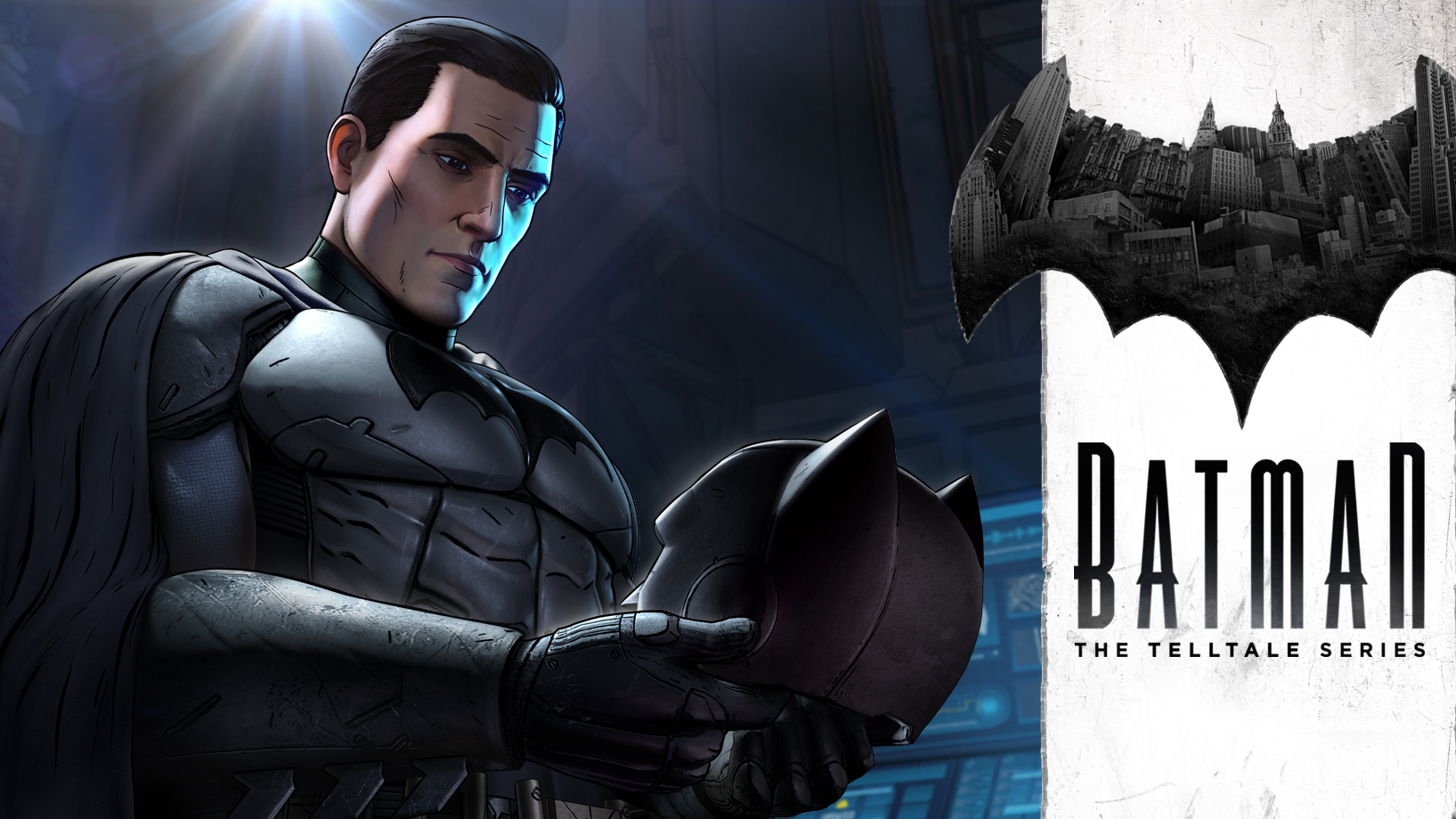Batman - The Telltale Series episode 2 release date set for September 20, mark your Bat-Calendar

You'll need to wait a few more weeks to play the next episode of Batman - The Telltale Series. Telltale Games announced today that it plans to hit the prominently displayed and clearly labeled "Continue the Episodic Bat-Narrative" button on September 20th.
ELECTRONIC TRANSLATOR pic.twitter.com/yteyQMG9INAugust 29, 2016
Episode 2: 'Children of Arkham' will arrive on PC, PS4, and Xbox One simultaneously, with other platform release dates to be confirmed later in the month. The first episode, "Realm of Shadows", came out on August 2, so Telltale will need to speed things up a bit if it still plans to release all five episodes this year.
If you're attending PAX West this weekend, you'll be able to watch the entire episode early at the Wyvern Theatre on Saturday at 8:30 PDT. You can even whip out your mobile device and vote on Bruce's next move using Telltale's new Crowd Play system.
Seen something newsworthy? Tell us!
Sign up to the GamesRadar+ Newsletter
Weekly digests, tales from the communities you love, and more
I got a BA in journalism from Central Michigan University - though the best education I received there was from CM Life, its student-run newspaper. Long before that, I started pursuing my degree in video games by bugging my older brother to let me play Zelda on the Super Nintendo. I've previously been a news intern for GameSpot, a news writer for CVG, and now I'm a staff writer here at GamesRadar.



